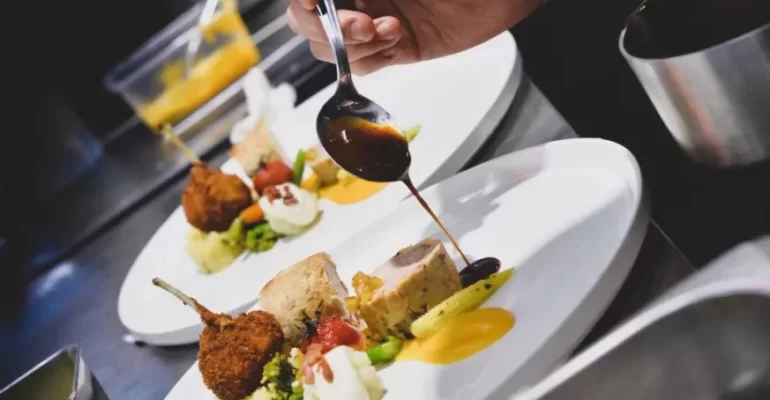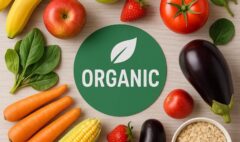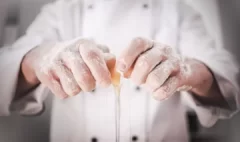Great Food Must First Be Safe Food
August 10, 2020 2025-07-03 11:54Great Food Must First Be Safe Food
Great Food Must First Be Safe Food
Enjoying a delicious meal is one of life’s great pleasures, but that experience can be ruined if the food makes someone sick. Unfortunately, this happens more often than you might think.
Each year about 600 million people worldwide experience foodborne illness with symptoms that include vomiting, diarrhea, nausea, cramps, and fever. Even more concerning is the fact that food illness can kill, taking 400,000 lives annually. These numbers make it clear that food safety is a serious business for everyone, especially when more people are preparing meals at home due to Covid lockdowns and restrictions.
Being stuck at home gave many of us an opportunity to spend more time cultivating our cooking skills and broadening our taste experiences. While expanding our knowledge about cooking is a wonderful thing, the food illness numbers make it clear we should first learn more about food safety. We have a responsibility to ensure that our new culinary masterpieces don’t make anyone ill or worse. Post-Covid also means many restaurant and food service workers are new to the industry and have little experience. Whether at home, in a restaurant, or working in food services, it’s critical that everyone who enters the food preparation area is aware of the things that can make food dangerous.
These dangers include the 4 types of hazards that contaminate food: chemicals, germs, allergens, and physical items like dirt. Although we can clean our food and remove physical contaminants like hair and bones, removing or killing bacterial contaminants requires more knowledge and care. Given the right conditions, germs can multiply rapidly and turn our dinner into a toxic nightmare. Unless we are on guard, our kitchens and food preparation areas can become prime breeding grounds for invisible and dangerous bacteria.
It sounds frightening but it needn’t keep you up at night as the food safety principles are basic when clearly explained. With proper procedures and practices, food preparation, cooking, and storage can be safe and rewarding.
So, what do we need to know? It’s surprisingly simple. There are 4 basic steps to keep food safe – clean, separate, cook and chill. We must know how to keep ourselves and our work areas clean and how to prevent the spread of germs through cross-contamination. We also must know how to cook food properly to kill harmful germs, and how to refrigerate and freeze food to slow germ growth.
Did you know that most food is cross-contaminated by human hands, or that kitchens can be prime breeding grounds for bacteria, even more than your bathroom?
All these issues are covered in an introductory course on food safety created by Excellent Learning. There are a variety of animations, voiceovers, interactive features, and quizzes to keep you engaged and entertained as you expand your food safety knowledge and learn best practices. Taking this course is a worthwhile investment that will pay big dividends as you embark on your culinary adventures.
Get Certified Today as a safe food handler with FoodSafe4U, or check out more great courses developed by Excellent Learning.
References:
1) Food Safety. WHO, 2020.
2) Food Safety: A Guide for Ontario’s Food Handlers. Ontario Ministry of Health, 2018.
3) Yuck! Top 10 germiest spots in your home, CBS News, 2011.









